The Highland and Longhorn offset smokers from Oklahoma Joe’s are beautiful, iconic barbecue pits. When you combine the great looks and affordability of these pits it is easy to understand why so many people start out their meat smoking adventures with an Oklahoma Joe’s offset.
There are four different smokers in the Highland/Longhorn line and there are some important differences between the models. These models are:
- Original Highland
- Original Longhorn
- Reverse Flow Highland
- Reverse Flow Longhorn
This article is going to look at the main differences between the smokers, real world customer reviews and the most popular modifications people make.
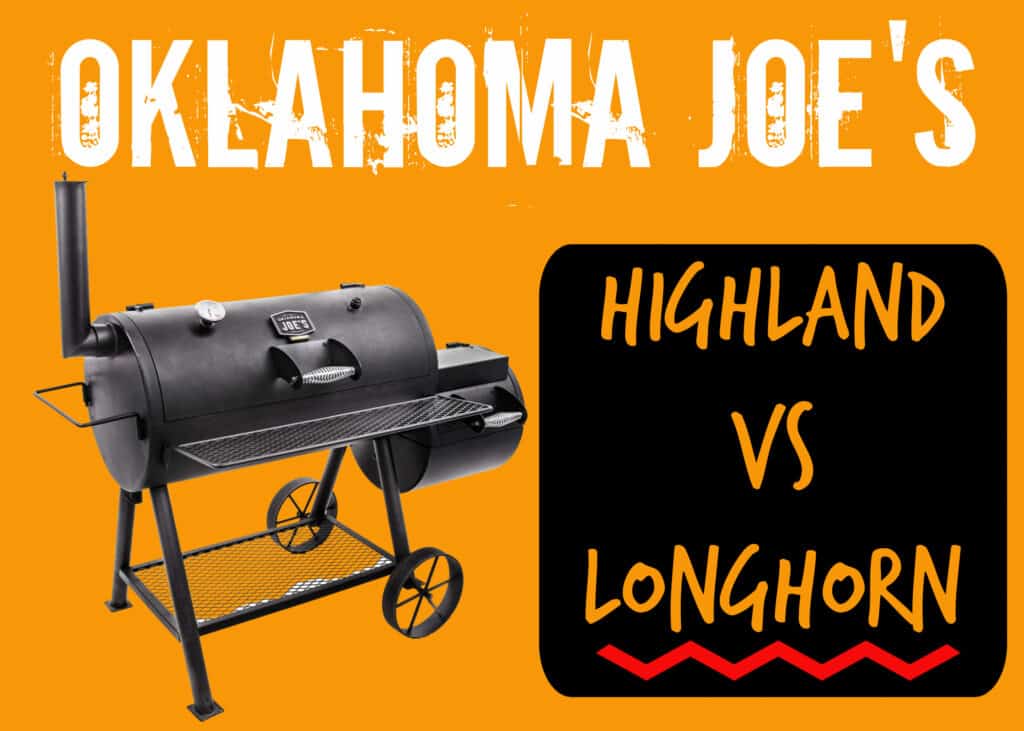
This article is meant to help you figure out if one of these smokers is right for you. However, there are a few things I want to mention before we get into this guide just to let you know where I stand with these barbecue pits.
- There are ZERO affiliate links in this article.
- This review is NOT sponsored.
- I get ZERO financial benefit if you buy one of these smokers.
In short, I want to give you the best information possible but do not care whether you buy one of these or not.
Let’s get started!
Original Oklahoma Joe’s Highland vs Longhorn
The Highland and Longhorn grills are nearly identical with the only major differences being that the Longhorn has more cooking area and a higher price tag.
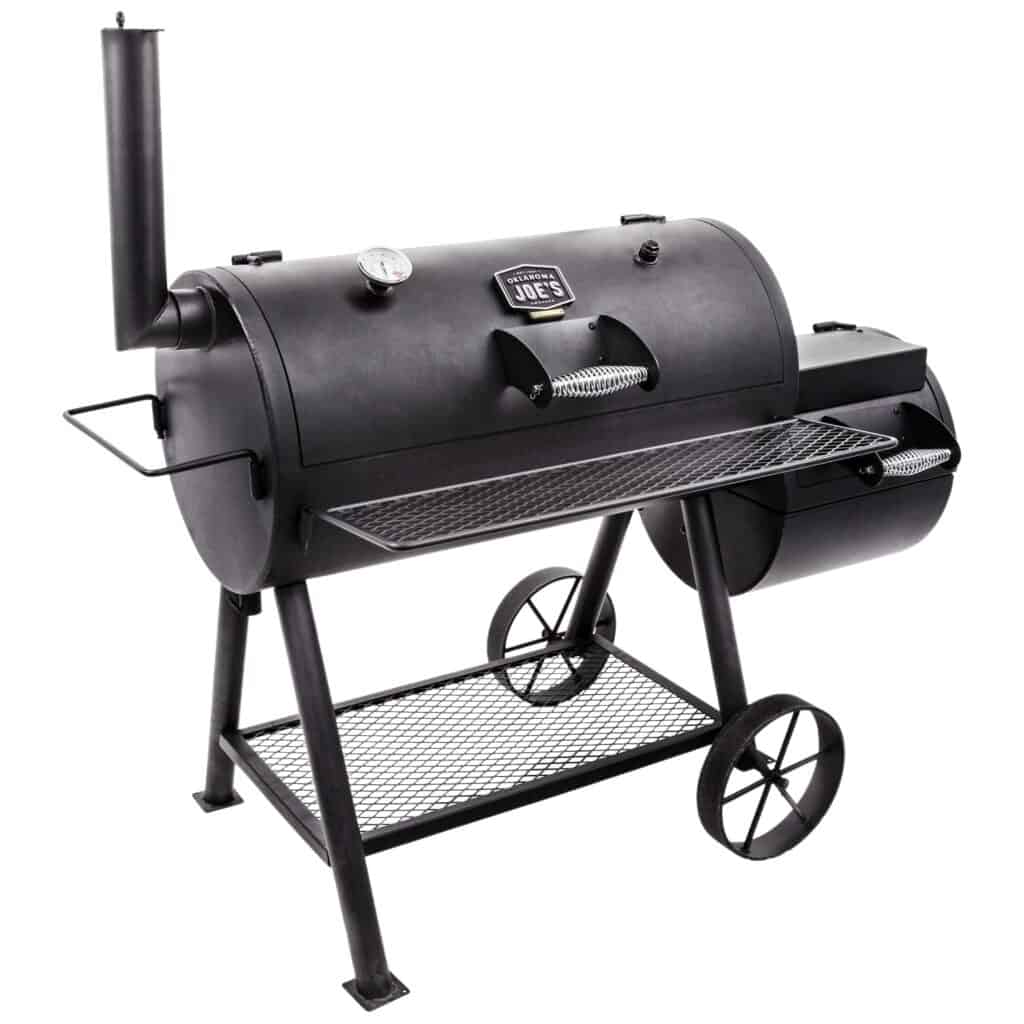
Both of these smokers come with offset fire boxes, oversized wagon wheel tires, cool touch handles and a built in thermometer with a second temperature port available. The fire box has both a fuel grate for burning wood or charcoal and a cooking grate for direct grilling of burgers and steaks. The cooking grates on both models are porcelain enameled wire.
While I think both models are beautiful, when I look at the dimensions and specifications for these smokers it seems that the Highland is the better value.
Dimensions and Specifications
Let’s look at the differences between these two grills and talk about overall value.
| Highland | Longhorn | |
| Grate Area | 619 sq in | 751 sq in |
| Capacity (Pork Butt) | 4 | 6 |
| Capacity (Brisket) | 3 | 3 |
| Firebox Grate | 281 sq in | 309 sq in |
| Size (LxWxH) in | 57L x 33W x 53H | 64L x 35W x 55H |
| Weight | 178 lbs | 253 lbs |
| Warranty | 2 years | 2 years |
| MSRP | $299 | $449 |
I am calling the Highland the better value because the Longhorn costs 50% more than the Highland while only providing a 20% increase in cooking area. In my opinion, the 20% increase in cooking area is not important as, according to the Oklahoma Joe’s website, the Longhorn can fit more pork butts than the Highland (six vs four) but the capacity for briskets is identical at three.
Here are the exact dimensions of the primary cooking grates:
- Highland: 17.25 x 33.75 inches
- Longhorn: 19 x 40 inches
Highland Reviews (Customers, Forums, YouTube)
I looked at multiple data sources to develop this review section. The first data source are the verified customer reviews posted at different online stores. The second data source were threads on the barbecue forums (SmokingMeat.com, Bbq Brethren, etc) as well as YouTube videos.
I pulled every customer review that I could find for the Highland from Amazon, Lowes, Walmart and Ace Hardware. I ended up finding 729 independent user reviews and combined them into a single data set (current Jan 8, 2021). Here is what the reviews look like.

The reviews for the Highland are 68% 5 Star and 22% 4 Star for a combined overall satisfaction rating of 90%. There were some recurring themes in the reviews that are worth noting:
Great Grill for the Money: There is a lot of meaning loaded into that phrase. The Highland is not very expensive ($299) so you pretty much get what you pay for. You get a smoker that, after some work on your end, turns out great barbecue without any of the bells and whistles that come on $2,000 barbecue pits.
Build Quality Could Be Better: Expect to have a few parts that are bent. The metal is a little thinner than you might expect. The fire box is bolted onto the smoker instead of welded. The paint is going to peel and you will eventually have to deal with rust.
Works Great After a Few Modifications: Pretty much everyone takes the time to seal up the leaks on the smoker. Leaks come from the lid on the smoking chamber, bolts, base of the smoke stack and from the fire box/smoker connection. There are three other popular modifications described in detail below.
Makes Great Barbecue: Once you figure out how to run the smoker you can make some great barbecue. There is plenty of room for a full packer brisket and three slabs of ribs at once.
Lots of Fun: This is a true “old style” offset pit and it requires you to maintain and work the fire every 45 minutes or so. Working the fire to keep it burning clean while maintaining a target temperature is part of the art of using an offset. This is not an easy skill to master but, for some folks, is very satisfying.
Common Modifications
All of the modifications below address the fundamental challenge of controlling the Highland at a desired temperature. Maintaining a target temperature is tricky due to all of the leaks and three fundamental design flaws. Here is a great forum thread that discusses these and other mods in more detail.
Seal the Leaks: After you assemble this smoker it is going to leak like a sieve. You are going to need some LavaLock gaskets and high temperature silicone to get all of the leaks sealed. The biggest leaks are usually the lid and the connection between the fire box and the cooking chamber. Smaller leaks are at the base of the smoke stack and other bolted connections.
Buy a Charcoal Basket: You can get a charcoal basket for about $30 and it is going to allow you to have more fuel and have the fuel be better managed. Getting a fire that is hot and clean is a challenge and the charcoal basket helps tremendously.
Add Tuning Plates: Design Flaw #1: The heat and smoke from the fire box enters the cooking chamber without a baffle to distribute the heat evenly. This makes the side of the smoker by the fire box incredibly hot on one side and very cool on the other. You can add a set of tuning plates to the body of the Highland that will even out the heat distribution.
There are aftermarket plates you can use or, if you have bought a charcoal basket already, you can wrap the grates that originally were in the firebox in heavy duty aluminum foil and arrange them to distribute the heat.
Lower the Smoke Exit Point: Design Flaw #2: The exit point for the smoke and heat is at the top left side of the smoker. The heat and smoke in the cooking chamber are going to rise to the exit and vent and leave the bottom left side of the smoker cold. People attach an elbow section of aluminum dryer vent to the inside exhaust point to lower it to grate level on the left side of the pit to correct this problem.
The flow dynamics of a Highland with and without these modifications is shown below.
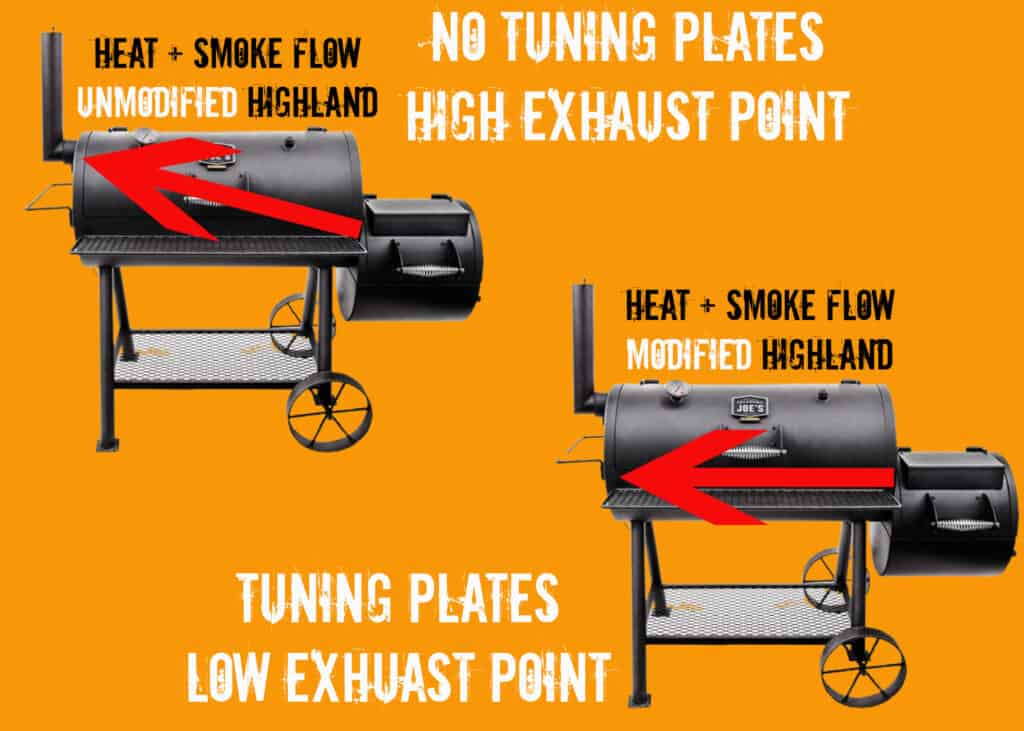
Raise the Smoke Stack: Design Flaw #3: In order for these smokers to burn a clean fire there must be plenty of air flow. Many people have a hard time getting these pits up to temperature in the first place or have to use a tremendous amount of fuel. Often they end up leaving the fire box door completely open in hopes of getting the fire burning properly.
In response to this issue, several people have used the bbq pit size calculator and found that the smoke stack on the Highlander is undersized. The dimensions of the smoke stack are a huge influence on how much air is drawn through the pit. A very common modification is to use a 12-18 inch section of aluminum dryer vent to increase the length of the smoke stack to improve the draw.
Longhorn Reviews and Modifications
When I tried a similar exercise for the Longhorn I only found less than 50 reviews which is not enough to draw any meaningful conclusions from. I will make the assumption that the lack of reviews for the Longhorn reflects my earlier opinion that the Highland is the better value.
Given that the designs between the two models is nearly identical you should be able to assume that everything said about the Highland, including modifications, applies to the Longhorn.
Reverse Flow Models
The Highland and Longhorn are also available as “Reverse Flow” models. These models have a set of four internal baffles that sit underneath the cooking grate that direct the smoke under the baffles and then force it to reverse and flow over the meat before exiting the smokestack. You can always spot a Reverse Flow smoker as the smokestack is always on the same side as the fire box.
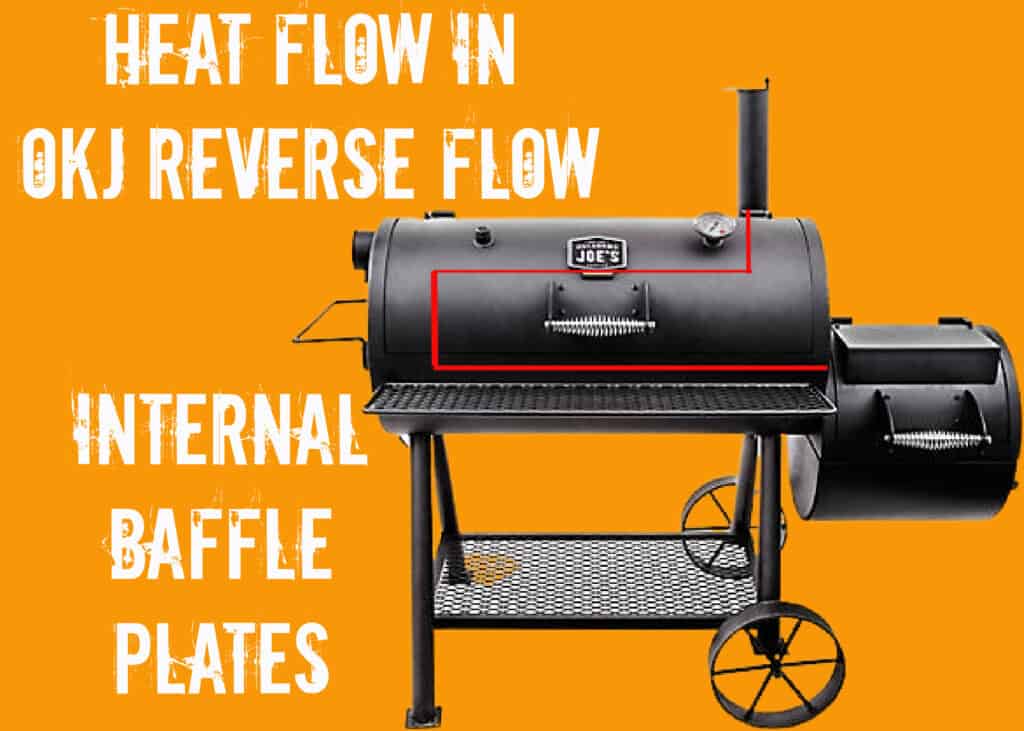
In theory a Reverse Flow smoker is going to give you better temperature distribution and better exposure of the meat to smoke. The Reverse Flow models also come standard with a charcoal basket for easier fire management.
The price difference between the Original and Reverse Flow models is less than $100 and, in my opinion, are worth the extra money. Here is a link to the official OKJ video for the Reverse Flow models that shows the baffle plates in detail.
One aspect of using a Reverse Flow cooker that surprises people is that the flavor profile of the finished meat is slightly different. The baffle plates get pretty hot and dripping grease from the meat will hit the plate and burn or vaporize. The smoke from the vaporized grease provides another level of flavor that you do not get from a traditional offset. This is not a negative or a postive…it is just a slightly different flavor profile.
Other Smokers to Consider
I like the Highland and Longhorn but really want to stress that, like all offset smokers, you are going to spend your entire day tied to the pit and managing a fire. That might sound like fun but, for me at least, after four hours the novelty wears off. I have too much stuff I want to do on the weekend to spend it feeding wood splits into a fire box.
I really like smokers that I can get to a set point and walk away from.
To that end let me suggest you take a look at the Oklahoma Joe’s Bronco Drum Smoker. The Bronco is another beautiful OKJ charcoal smoker that cooks perfectly straight out of the box with zero modifications. The capacity on the Bronco is smaller than the Highland but is still large enough for most of your standard cooks.
I can get a Bronco to the temperature I want and leave it untouched for hours while I go about taking care of other business.
If you want to stick with an offset smoker, are not tied to the Oklahoma Joe’s brand and have an Academy Sports in your area then go down and check out the Old Country Smokers, the Pecos and Wrangler models in particular. Old Country smokers have a better build quality than OKJ and cost about the same. Make sure you put your hands and eyes on an Old Country before you buy it though as the ones people have bought online have had serious quality issues.
Brand History
The Oklahoma Joe smoker brand started in 1987 when Joe Davidson sold a dozen smokers at the Oklahoma State Fair. Joe partnered with his brother Roger and they quickly their little company into a powerhouse with 150 employees making over 100,00 pits per year. In 1998 the Davidson’s sold their company to Char Broil.
Roger Davidson was unable to stay away from the barbecue game and, in 2002, started making pits back in Oklahoma and selling them under the Horizon brand. The Horizon smokers are often touted as reflecting the quality of the Oklahoma Joe’s pits. In my opinion they are way too expensive and still need extra equipment to operate properly.
Share Your Thoughts
Do you own a Highland or Longhorn and have some input to share?
Do you have any questions about these smokers that this article did not answer?
If so, then please leave a comment below and help us all learn together!


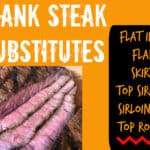
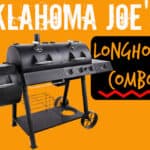
Smokers are getting cheaper and cheaper in the us. I am not sure how they produce them so cheap. These pits for under $1000 are a bargain.
I build smokers in Latin America and can’t compete with these on price.
Competing on price is a hard game. I would rather compete on quality and focus on buyers with bigger budgets. By the way…your smokers look beautiful!